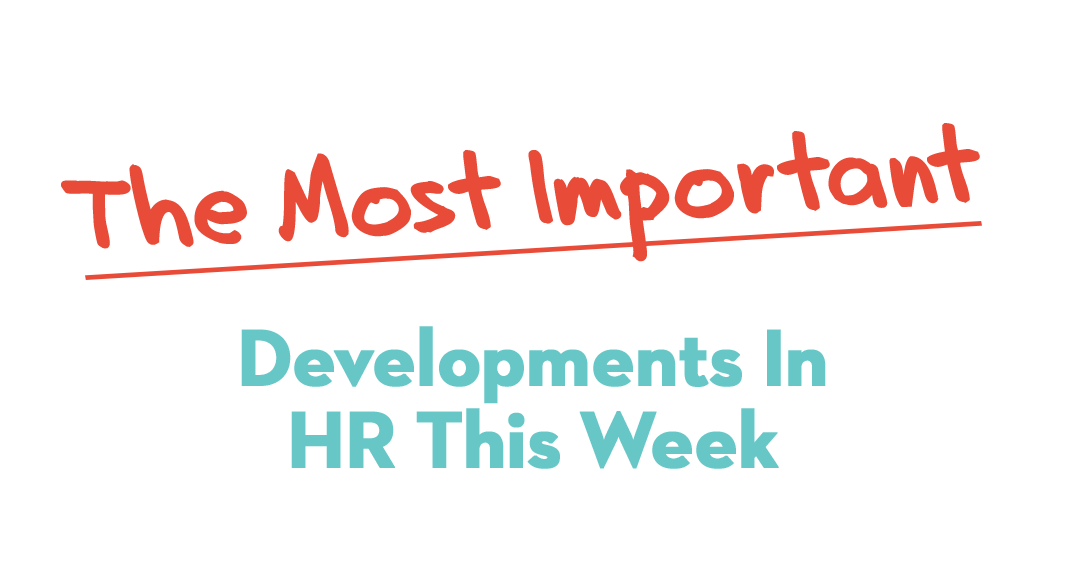
If you work in talent acquisition, you’ve likely heard about the skills gap. For many, its existence is simply a given — but one new study claims the fervor around the phenomenon may be based on a lie. According to a study recently presented at an American Economic Association conference, the skills gap was largely self-inflicted. During the last recession, employers could be picky about who they hired and increased their requirements accordingly, but they then had to let up once the economy began to heal and talent was less readily available. HR Dive


No matter where you look, so much rapid change is happening that even how companies manage their talent strategy is shifting. Gone are the days of HR managing workforce planning with an Excel spreadsheet. To remain not only competitive but relevant, more companies are turning to detailed workforce plans, and younger generations of managers are much more likely to be putting these plans in place. As they do, and as they ascend to more senior roles, they’re reshaping the future of work. Fast Company


The Office of Management and Budget must reinstate an Obama-era rule that will require employers to disclose equal pay data to the Equal Employment Opportunity Commission, a federal judge ruled Monday. While the Equal Employment Opportunity Commission already collected demographic information about employees’ gender, race, and ethnicity, the 2016 rule expanded the scope of information collected to include aggregated W-2 data and hours worked in 10 job categories. Set to take effect last March, the OMB pressed pause on the rule in August 2017. The Labor Council for Latin American Advancement joined the National Women’s Law Center’s lawsuit, which the advocacy groups brought in November 2017 against the OMB and the EEOC, along with officials in both agencies. Courthouse News


John Oliver had a hilarious, and yet utterly justified, take on the AI revolution this week. Our manufacturing sector produces twice as much as it did in 1984, but does it with one-third fewer workers. Machines are doing those jobs, and people are talking about AI and robotics in apocalyptic terms, citing an Oxford study showing half of all jobs will soon be done by machines. Yes, but before you run screaming into the night and throw your Alexa in the trash, realize that automation has been around for a long time. Since the Industrial Revolution, machines have been making jobs easier, more efficient, and faster. Oftentimes, machines don’t replace jobs. They replace tasks. Like ATMs. Tellers were sure their jobs were going away, but ATMs took over the job of dispensing cash and tellers were freed up to do other work. Automation isn’t going to stop. People will lose their jobs. We need to help those that do, and prepare young people for the flexibility to roll with it. Last Week Tonight with John Oliver


the investment bank told employees on Tuesday that they could start dressing down for the office. It’s a notable shift for the pedigreed Wall Street firm, which has historically favored collared shirts and suits. In a memo outlining a new “flexible” dress code, CEO David Solomon, President John Waldron, and Chief Financial Officer Stephen Scherr noted “the changing nature of workplaces generally in favor of a more casual environment,” as well as the desire to build a cohesive culture across the company. That doesn’t mean Goldman employees will be wearing jeans to client presentations. Solomon and his team noted that it’s up to employees to use their discretion about what is and is not appropriate. The new policy comes as Goldman Sachs and other Wall Street giants compete with Silicon Valley for top young talent. Tech companies are known for their laid-back work environments and competitive pay. It also aligns Goldman with changing demographics inside the firm. About two-thirds of employees are millennials. CNN










